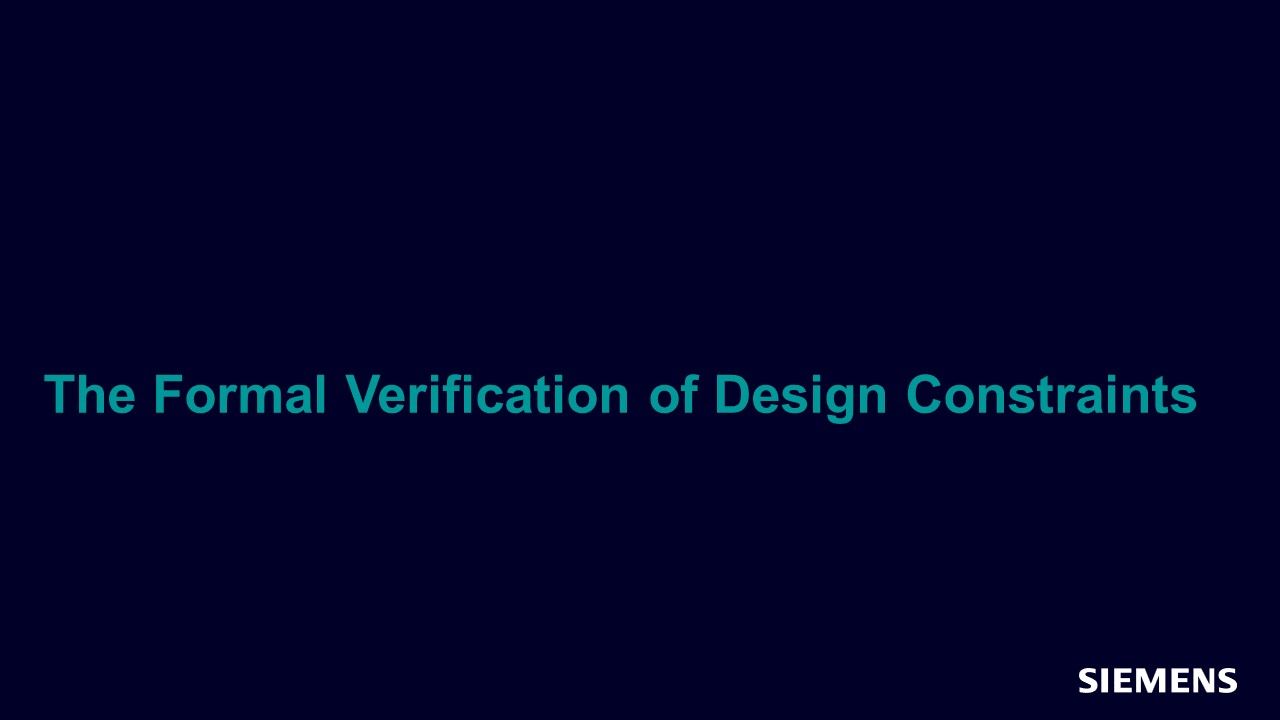The Formal Verification of Design Constraints
There are two approaches to the verification of design constraints: formal verification and structural analysis. Structural analysis refers to the type of analysis performed by a static timing tool where timing paths either exist or not based on constant settings and constant propagation.

Full-access members only
Register your account to view The Formal Verification of Design Constraints
Full-access members gain access to our free tools and training, including our full library of articles, recorded sessions, seminars, papers, learning tracks, in-depth verification cookbooks, and more.